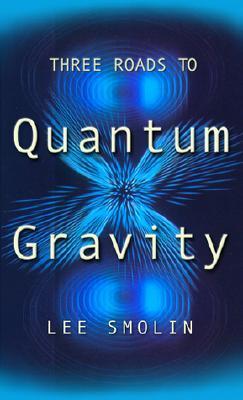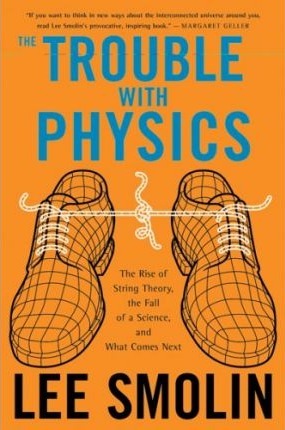
Three Roads To Quantum Gravity
Book Description
Reality as we know it hangs in the balance, teetering between the chaotic worlds of quantum mechanics and the elegant structure of the cosmos. In "Three Roads To Quantum Gravity," Lee Smolin navigates the exhilarating frontier of theoretical physics, unveiling the breathtaking possibilities of unifying these two realms. With mind-bending theories and revolutionary ideas, he invites readers to explore the profound implications of a universe that thrives on change and creativity. What if the very fabric of existence is far more dynamic and interconnected than we’ve ever imagined? Dare to journey into the unknown and discover the secrets that could reshape everything.
Quick Book Summary
"Three Roads to Quantum Gravity" by Lee Smolin offers a captivating exploration of one of science’s most profound imperatives: uniting general relativity—the elegant theory governing the cosmos at the largest scales—with quantum mechanics, which rules the microcosmic world of particles. Smolin outlines three main approaches to this unification—loop quantum gravity, string theory, and the path integral approach—each seeking to resolve the contradictions between Einstein’s smooth spacetime and the probabilistic chaos of quantum theory. The book is not just a technical account, but also a philosophical meditation on the changing nature of reality, time, and the universe. Smolin champions the view that scientific progress is fueled by creative, sometimes radical thinking, and that our most fundamental assumptions about space, time, and existence may soon be overturned by discoveries at the new frontier of quantum gravity.
Summary of Key Ideas
Table of Contents
The Challenge of Unifying Physics
Smolin begins by framing the central dilemma in modern physics: the inability of general relativity and quantum mechanics to coexist peacefully. While relativity explains the grand, smooth geometry of spacetime, quantum mechanics introduces uncertainty, randomness, and granularity at the smallest scales. Both theories are supremely successful within their domains, yet reconcile neither at black holes nor the Big Bang. Smolin argues that resolving this disconnect is crucial not just for physics but for our understanding of reality itself.
Loop Quantum Gravity and Discrete Spacetime
A significant portion of the book is dedicated to loop quantum gravity (LQG), one of the three avenues he explores. Smolin, a major contributor to LQG, explains how this theory reimagines spacetime as a network of finite loops, giving rise to a granular structure. According to LQG, space is not infinitely divisible, but composed of tiny, quantized chunks, fundamentally changing the notion of smoothness in Einstein’s model and offering insights into black holes and the universe’s birth.
Competing Approaches: String Theory and Path Integrals
Smolin also discusses alternative approaches: string theory, which posits that the universe’s smallest constituents are vibrating strings rather than point particles, and the path integral method, pioneered by Feynman, viewing quantum processes as sums over all possible histories. Each approach has its strengths and open questions, reflecting both creativity and the stubborn resistance of nature to a single, unified theory. Smolin candidly assesses the pros and cons, emphasizing the importance of philosophical diversity in theoretical research.
The Evolving Nature of Space and Time
Underlying much of Smolin’s narrative is the assertion that space and time may not be permanent fixtures but emergent properties arising from relational processes. He explores the radical possibility that time is more fundamental than space, and that the dynamic relationships among quantum events generate the experience of spacetime. This leads to a portrayal of the universe as open, unpredictable, and inherently creative—a dramatic shift from the static block universe of classical physics.
Philosophical and Scientific Implications for Reality
Finally, Smolin situates the quest for quantum gravity within the broader context of scientific inquiry, likening major paradigm shifts to the Copernican revolution. He reflects on how changing our assumptions can open up new possibilities, intellectually and philosophically. The ultimate success of quantum gravity theories, he suggests, will not just answer longstanding puzzles, but fundamentally alter our conception of nature, causality, and our place in the cosmos.
Download This Summary
Get a free PDF of this summary instantly — no email required.





